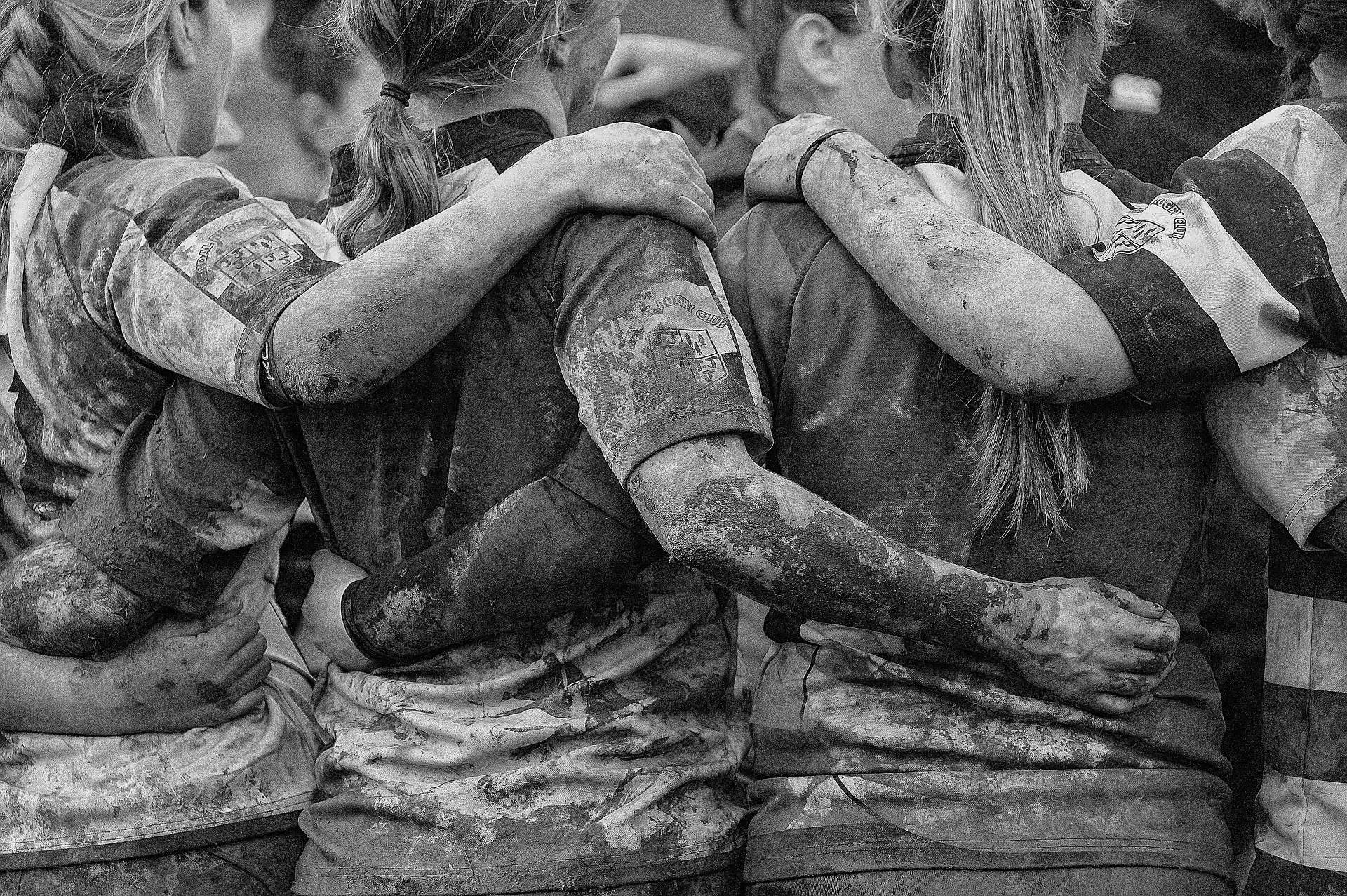After an extended off-season thanks to COVID-19, rugby has moved to Stage D of its return to play model which means that we can now have regular training sessions, albeit with some changes from the norm. Although we’re still some way from fixtures returning, the time we have now allows us to spend more time “investing” in our teams. Here are some of the things we’ve been doing with our teams to grow the numbers as we return.
Retaining your current players
The first step for us was to get in touch with all of our existing players via our regular comms channels – namely a Facebook group for the players and email for the parents and see if they were planning on returning for the new season. Although a handful of players are moving on, the vast majority are still keen to play which is great! But the main part is knowing – the ones who are moving on we are wishing well, but it’s better to get an answer than to be left wondering. After that first contact, we’ve also made sure to be really open and transparent with what procedures we’re putting in place to manage COVID – obviously the RFU pathway is a great start, but the things we’re doing in terms of session structure, pre-session symptom checkers, access to hand sanitiser, equipment cleaning etc are all hugely important. Parents want to know their children are going to be safe!
Depending on the age of your team, you may also find that the players already have their own social groups – probably not on Facebook or Twitter (since these platforms are for old people!) but more likely platforms that you haven’t even heard of. If you’ve got senior team members – whether that’s formal like a captain or just a leader type player – who have already committed to come back or are already at sessions if you’ve restarted, then ask one of them if the players have a social group and ask them to let everyone know that you’re back training. Beside the fact that your players are more likely to listen to a team-mate than the coach, the chances are the platform they’re using is one that they’re a lot more active on and therefore you’ve got a better chance at reaching them.
Identifying where recruitment is needed
Hopefully, as you get a handle on how many players you have coming back (and pre-registration for sessions has helped us in planning sessions and in knowing how many players we still have) you can start to see where there are gaps. At club level, our U15 & U18 girls teams seem to have a good number but we’re a lot smaller at U13s – a lot have moved up and lockdown has meant we haven’t been able to run the summer activities we normally do. It sounds like a basic point to make, but we only have so much time and energy to devote – this means we have to ruthlessly guard our own time. For us, that means working harder in the places that need it more. Knowing where you’re short not only helps your marketing effort but may also help you develop some strategies to bridge the gap.
Where are the new players going to come from?
For us, we have a really good relationship with local schools – although it definitely helps that I coach rugby in one of them! We know that directly targeting schools tends to bring in players, so we normally get a strong influx in the younger years of secondary school (Y7-9) in September through November and we try and increase girls rugby in these schools over the course of the year, although we lost a big end-of-season festival due to COVID. At the moment, our local schools are only just starting to return to rugby and only in a limited way. So we’re in an interesting spot where we will struggle to recruit until the schools start up properly – although with fixtures not returning immediately, perhaps this won’t be a problem. Perhaps your regular source of players is different, in which case you’ll have to assess whether it’s still a viable target or whether it’s one that you’ll have to wait a while before it can be useful again.
What’s your new player induction process?
I can already sense some eyes glossing over at the word process, but it’s really just as simple as some key points for ensuring new players make it from your recruitment effort to your training sessions. Some key steps:
- Does your recruitment make it clear how someone can get in touch? Is there an email address or social media page?
- When someone gets in touch, do they receive a quick response? Does the response give them all the info they need? Things like time, location, what equipment they need, how much it costs (even if it’s free!), who should they ask for?
- Is there an existing player assigned to look after the new player? Do they know what to do to look after a new player? Have you ensured that both of these players are in the same group/team for activities?
- Is your session accessible for new players? Have you got activities that they can get into quickly, even if they take a long time to master?
How we design sessions to keep players engaged while we’re still recruiting
With our situation in terms of schools delaying our potential U13 recruitment, we’ve had to find a way to keep a small number (approx 6-8) of players engaged so that we hold on to them long enough to recruit more players. We’ve been hosting our regular Sunday sessions alongside our U15s teams to ensure we always have good numbers, but trying to keep the U13s together as much as we can. As we recruit players into the U13 team we’ll try and do more split stuff e.g. a 5v5 game zone for U13s would be a good “next-step” for us as we improve on numbers.
- Smaller Skill Zones – the COVID restrictions mean that small group activity has to be kept to a maximum of 6 players so we use this as a chance to split the groups, meaning our U13s get to play together and work on skills together and also that our U15s get a chance to play with their mates as well. We’ve also got some less experienced coaches so having stations allows them to deliver the same activity several times to increase their confidence.
- Playing lots of Ready4Rugby – it’s all non-contact so we’ve played with mixed up U13 & U15 teams which has helped keep everyone involved and playing games. Otherwise we’d end up in a situation where the U13s would only ever play a maximum of 4v4 until we recruit more, which wouldn’t be great for their enjoyment or their development. We use superpowers and rule changes where appropriate to balance out the difference in ability levels, but where we have a number of newer U15 players as well, the level has actually been pretty even in total. We could play up to 10v10 but we try and keep it to teams of 6-8 to ensure more touches on the ball per player – this sometimes means that we can have 2 games at once, or two teams playing and one working on a skill zone.
Enjoyment is key!
Our overarching goal at this stage is to keep the players coming back. With games still a way off and a guaranteed month before games restart, we’re focusing on core skills and lots of games and not worrying too much about things like set-piece. Although lockdown has been stressful for a lot of us, it has had a huge impact on young people, many of whom have been forced to stop seeing their friends for a long period of time. As they return, we want it to ensure that they’re having a chance to reconnect with their mates and with the game. Because having a great environment is going to be one of the biggest attractions to new players when they come to try out a session.
Next Steps…
Hopefully this gives you some good ideas on how to get some more players into your team, especially if you’ve lost a few after lockdown. Got any questions? Feel free to ask in the comments and I’ll do my best to answer! I’d also love to hear if you’ve used any of this and found success or if you’ve got any different methods you use.

